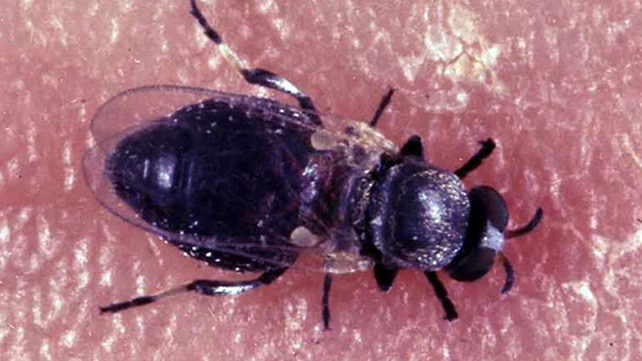About the String Technology
- A set of porous fibres twisted into strings and engineered them to have a water-loving (hydrophilic) core and water-repelling surface.
- When one end is dipped in a salt-water solution, the water travels up the string because of capillary action.
- Then, the water evaporates quickly from the string’s surface. This leaves behind salt ions such as sodium and lithium.
- The water will continue to evaporate like this as the salts become increasingly concentrated, eventually forming sodium chloride and lithium chloride crystals.
- The strings don’t just concentrate the salts. Since lithium and sodium have different physical properties, they crystallise at different locations on the strings.
- Sodium, with its low solubility, crystallises on the lower part, while the highly soluble lithium salts crystallise near the top.
Current method of production
- A large majority of the lithium produced in the world is extracted from “brine reservoirs” located in salt flats.
- Conventional methods of extraction rely on a series of massive evaporation ponds that concentrate lithium from saltwater reservoirs, salt flats of underground aquifers.
- This method of production can require hundreds of square kilometres, and it often takes months or even years to produce lithium that can be used in batteries.
- It is commercially viable in a few locations around the world.
Key facts about Lithium
- It is a soft, silvery-white metal that belongs to the alkali metals group, of the periodic table of the elements.
- Features
- It has the lowest density of all metals.
- It is the lightest of the solid elements.
- It reacts vigorously with water.
- Occurrence:
- It does not occur as a metal in nature but is found combined in small amounts in igneous rocks.
- Major Reserves: Its reserves are majorly concentrated in the lithium triangle in South America – Argentina, Bolivia & Chile, with 50% of the deposits concentrated in these regions.
Q1) What is alkali metal?
The alkali metals are a group of chemical elements located in Group 1 of the periodic table. They are known for their highly reactive nature and are some of the most reactive elements in the periodic table.
Source: New ‘string’ technology could revolutionise lithium production
Last updated on November, 2025
→ Check out the latest UPSC Syllabus 2026 here.
→ Join Vajiram & Ravi’s Interview Guidance Programme for expert help to crack your final UPSC stage.
→ UPSC Mains Result 2025 is now out.
→ UPSC Notification 2026 is scheduled to be released on January 14, 2026.
→ UPSC Calendar 2026 is released on 15th May, 2025.
→ The UPSC Vacancy 2025 were released 1129, out of which 979 were for UPSC CSE and remaining 150 are for UPSC IFoS.
→ UPSC Prelims 2026 will be conducted on 24th May, 2026 & UPSC Mains 2026 will be conducted on 21st August 2026.
→ The UPSC Selection Process is of 3 stages-Prelims, Mains and Interview.
→ UPSC Result 2024 is released with latest UPSC Marksheet 2024. Check Now!
→ UPSC Prelims Result 2025 is out now for the CSE held on 25 May 2025.
→ UPSC Toppers List 2024 is released now. Shakti Dubey is UPSC AIR 1 2024 Topper.
→ UPSC Prelims Question Paper 2025 and Unofficial Prelims Answer Key 2025 are available now.
→ UPSC Mains Question Paper 2025 is out for Essay, GS 1, 2, 3 & GS 4.
→ UPSC Mains Indian Language Question Paper 2025 is now out.
→ UPSC Mains Optional Question Paper 2025 is now out.
→ Also check Best IAS Coaching in Delhi

















